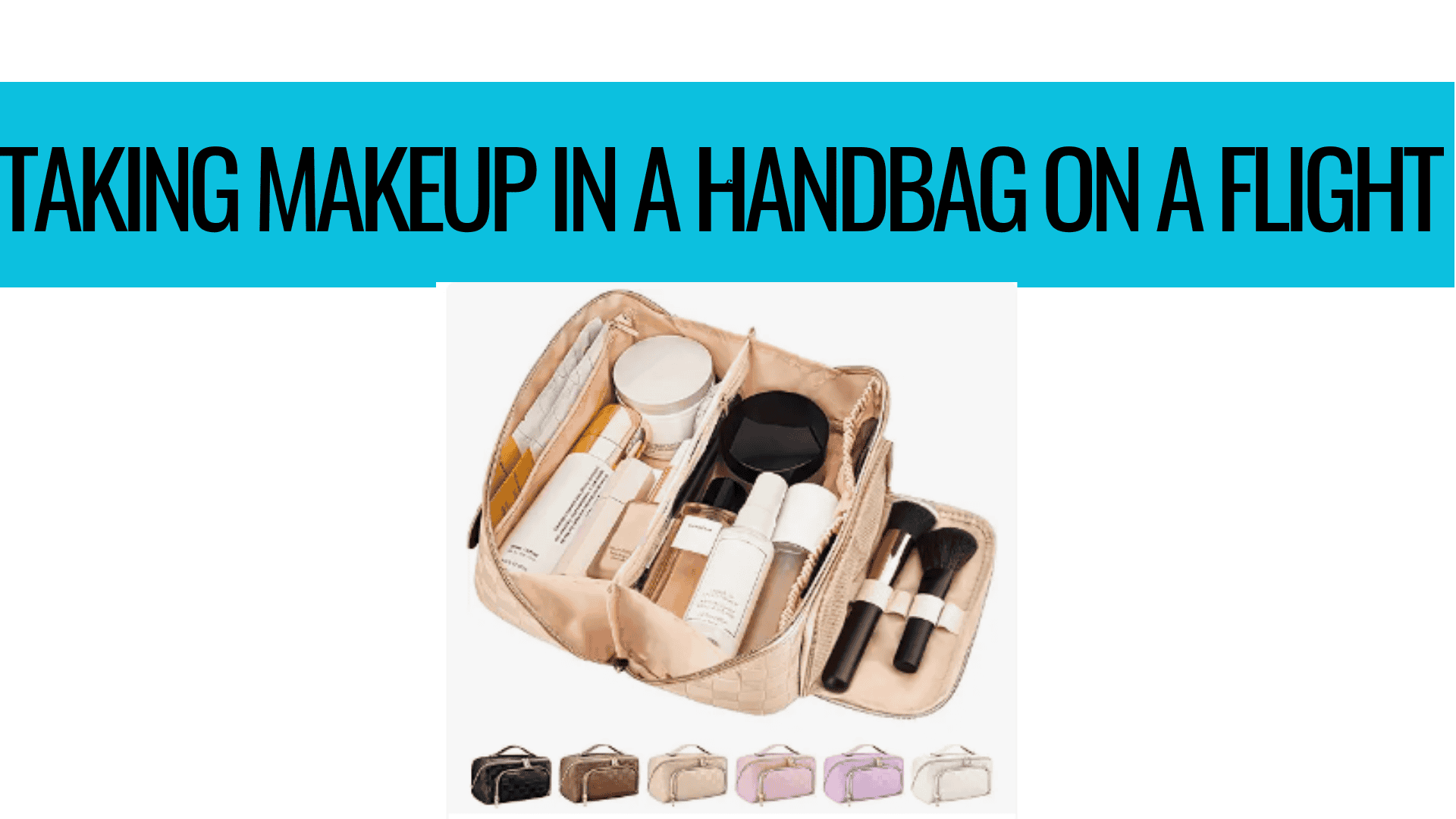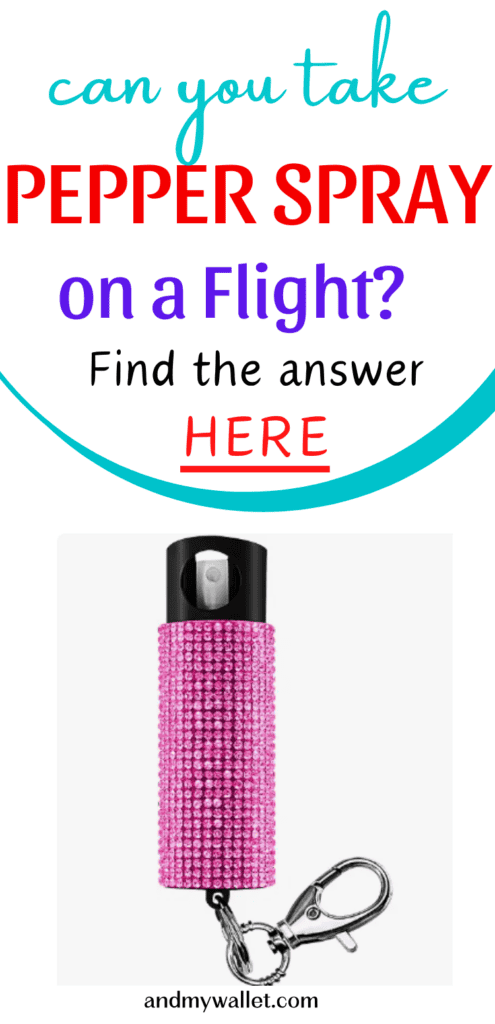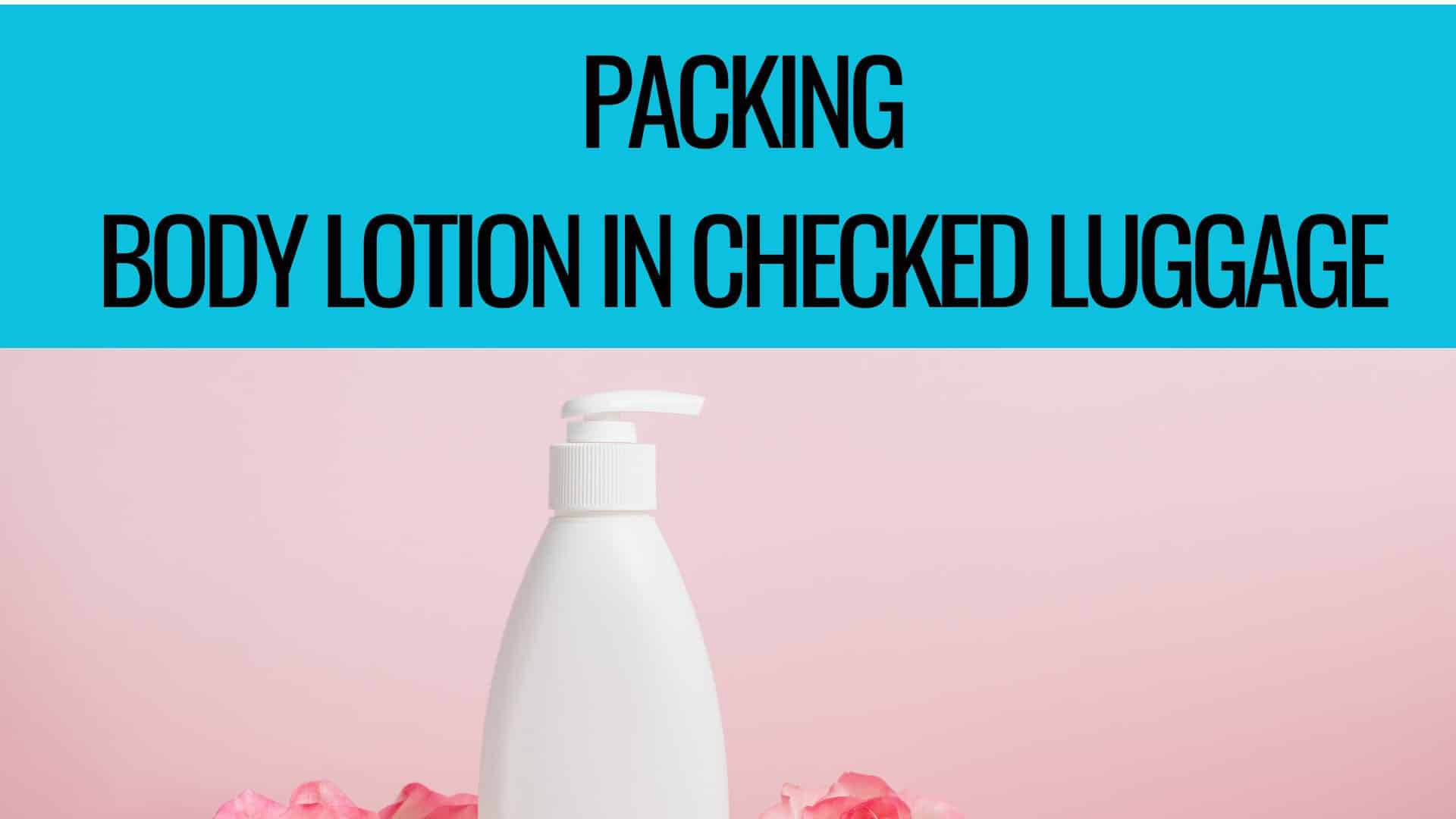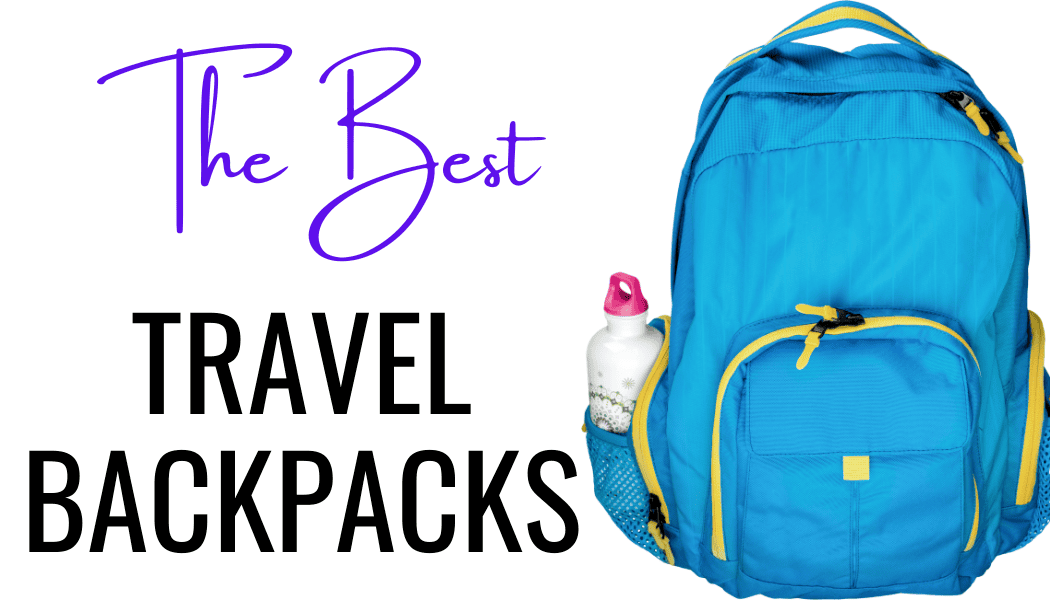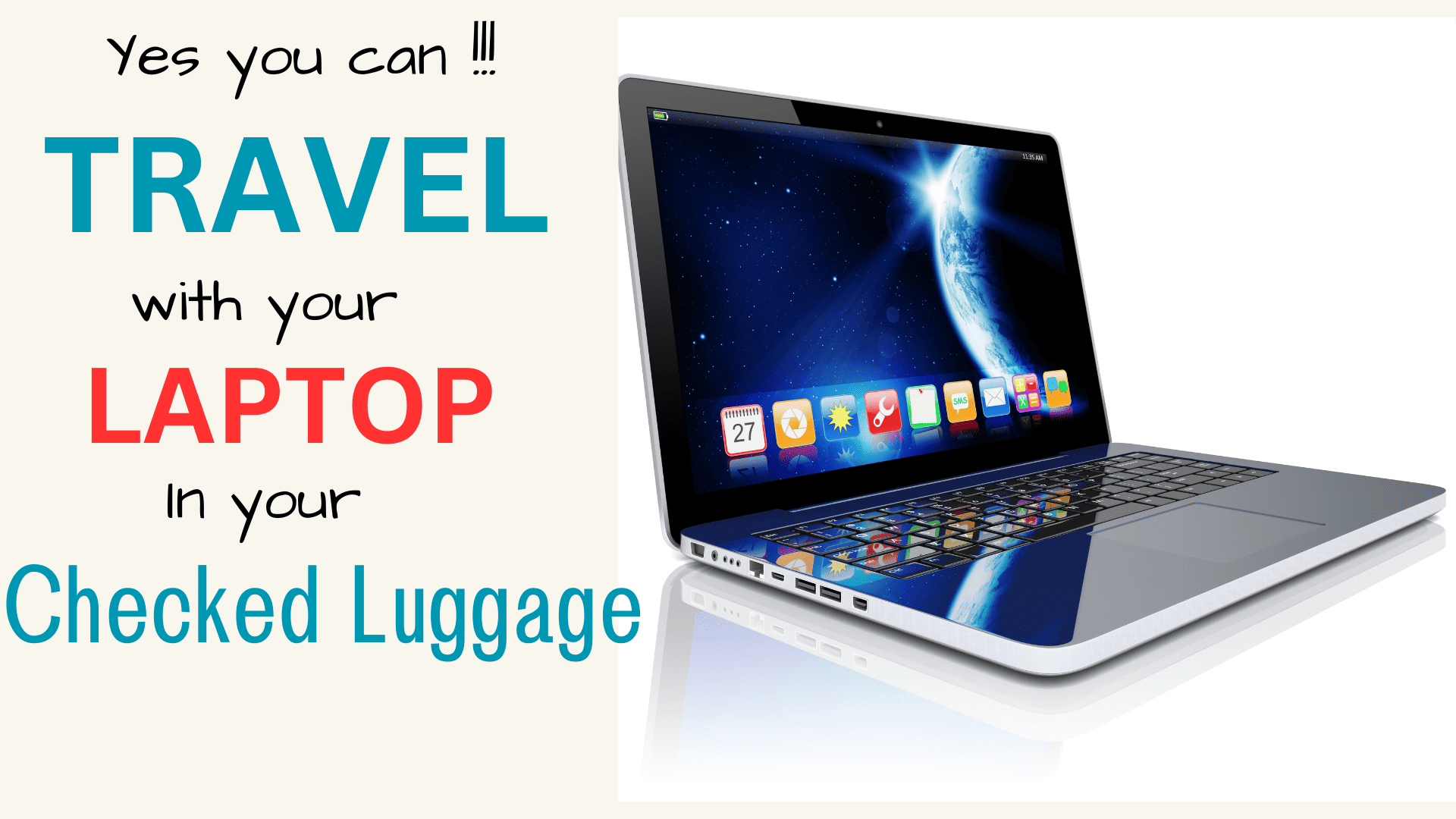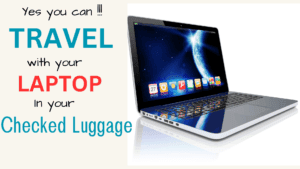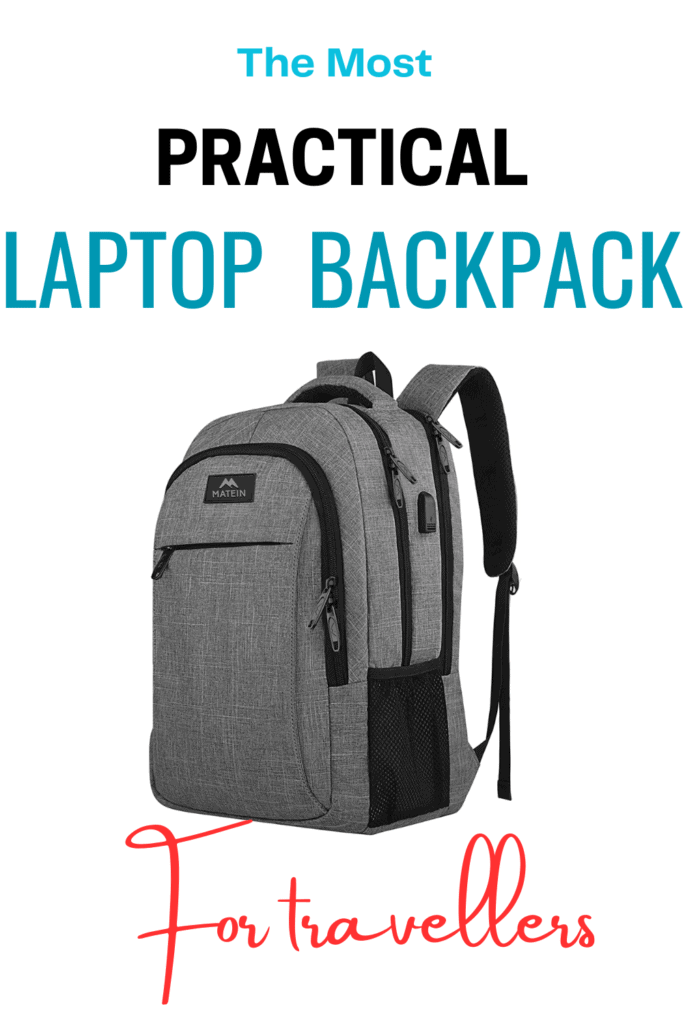Packing for air travel can be confusing, especially when it comes to cosmetics. Many travelers wonder if they can bring their makeup in their purse on a plane. Yes, passengers are allowed to bring makeup in their purse or carry-on bag when flying.
The Transportation Security Administration (TSA) permits solid makeup items like lipstick, powder, and eyeshadow in any quantity in your hand luggage. Liquid, cream, and gel products must follow the 3-1-1 rule for carry-on luggage.
This means containers must be 3.4 ounces (100 milliliters) or less and fit in a single quart-sized clear plastic bag.
Travelers should be aware that some makeup items may require additional screening. Aerosol products like hairspray or setting spray count as liquids and must comply with size restrictions.
Sharp objects such as tweezers or eyelash curlers although considered beauty products are generally allowed but may be subject to closer inspection.
Understanding TSA Regulations
The Transportation Security Administration (TSA) enforces specific rules for carrying liquids and makeup items on planes.
These regulations aim to ensure passenger safety while allowing for essential personal care products during travel.
The 3-1-1 Liquids Rule
The TSA’s 3-1-1 rule applies to liquids, gels, and aerosols in carry-on bags. Each passenger is allowed to bring containers of 3.4 ounces (100 milliliters) or less. These containers must fit in a single, clear, quart-sized plastic bag. Only one bag per traveler is permitted.
Makeup items like liquid foundation, mascara, and lip gloss fall under this rule. Solid cosmetics such as powder, lipstick, and eyeshadow are not restricted. Travelers should place their quart-sized bag in an easily accessible location for quick removal during the screening process.
Carry-On Vs. Checked Bags
Carry-on luggage has stricter limitations compared to checked bags. As a general rule, liquid items exceeding 3.4 ounces should be packed in checked luggage. This includes larger bottles of shampoo, lotion, and perfume.
Checked bags allow for larger quantities of liquids and makeup items. However, passengers should be aware that some items may be prohibited in both carry-on and checked luggage for safety reasons.
It’s advisable to check the TSA website for a comprehensive list of allowed and prohibited items and general airport regulations before packing.
TSA officers may need to open containers for additional screening, so secure packaging is recommended for checked items to prevent leaks or spills during transit.
Types of Makeup Allowed on a Plane
Most makeup products are permitted in carry-on bags when flying. The key distinctions are between liquid and solid formulations, with specific rules for liquids.
Liquid Makeup Guidelines
must follow the 3-1-1 rule for carry-on liquids. This means each container can’t exceed 3.4 ounces (100ml) and must fit in a single quart-sized clear plastic bag.
Liquid foundations, concealers, tinted moisturizers and cream foundations fall under this rule. Mascara and liquid eyeliners are also considered liquids.
You can pack larger liquid makeup items in checked luggage without restrictions but it is practical to have everything together in a makeup bag or in toiletry bags .
Some airlines may classify cream or gel products as liquids. It’s best to pack these in the quart-size bag to avoid issues at security.
Solid and Powder Makeup
Solid and powder makeup products have no size restrictions in carry-on bags. This includes:
- Powder foundation and blushes
- Eyeshadow palettes
- Lipsticks and lip balms
- Solid stick foundations and concealers
- Makeup brushes and sponges
Makeup wipes are also allowed without limits. Travelers can pack these items directly in their purse or carry-on bag.
For convenience, consider using solid or powder alternatives to liquid products when possible. Powder products allows for more flexibility in packing and fewer concerns about liquid restrictions at security checkpoint.
Packing Tips for Makeup in Carry-On Luggage
Efficient packing of makeup for air travel requires careful planning and organization. You can maximize space and ensure compliance with regulations by following a few key strategies.
You may like:
Ultimate international packaging list
20 of the best luggage for teenage girl
Maximizing Space and Minimizing Hassles
Use a clear, quart-sized zip-top bag for liquids, gels, and creams. This includes foundation,liquid eyeliner, concealer, and lip gloss.
Pack solid makeup items like powder, blush, and eyeshadow separately in smaller containers.
Consider multi-use products to reduce the number of items. A tinted moisturizer with SPF can replace foundation and sunscreen. Opt for travel-sized versions of essential products.
Store makeup in a dedicated cosmetic bag within your carry-on. This keeps items organized and easily accessible during security checks. Use padding or bubble wrap to protect fragile items like compacts or glass bottles.
Handling Makeup Brushes and Tools
Clean makeup brushes before packing to comply with hygiene standards.
Place brushes in a protective case or wrap them in a clean cloth to maintain their shape and cleanliness.Using dirty makeup brushes is something we are all guilty of,check out these common skincare mistakes to avoid.
Store small tools like tweezers and eyelash curlers in a separate pouch. This prevents damage to other items and keeps them easily locatable.
Consider using disposable applicators for one-time use during travel. This reduces the number of brushes needed and simplifies packing.
Pack a small bottle of brush cleaner or makeup remover wipes for touch-ups during the trip. These items can be stored in the quart-sized liquids bag if they meet size requirements.
Specific Makeup Items and Security Screening
Travelers can bring most makeup items in their purse when flying, but certain restrictions apply. Understanding these rules helps streamline the security process.
Navigating Airport Security with Makeup Items
Lipstick, mascara, and lip balm are generally allowed in carry-on bags without restrictions.
Liquid foundation, lip gloss, and toothpaste must follow the 3-1-1 rule: containers of 3.4 ounces (100 ml) or less, placed in a single quart-sized clear plastic bag.
Perfume bottles under 3.4 ounces can be packed in carry-on luggage. Larger bottles should go in checked bags.
Nail polish remover is considered a flammable liquid and is not permitted in carry-on or checked bags.
Eyeliner pencils are allowed, but liquid eyeliners must adhere to liquid restrictions. Makeup wipes are permitted in both carry-on and checked luggage.
Restrictions on Sharp Objects and Tools
Nail clippers and tweezers are typically allowed in carry-on bags. However, security agents may confiscate them if deemed potentially dangerous.
Razors with removable blades are prohibited in carry-on luggage. Disposable razors and electric razors are permitted.
Scissors with blades shorter than 4 inches are allowed in carry-on bags. Longer blades must be packed in checked luggage.
TSA agents have discretion to prohibit any item they consider a security threat. It’s advisable to pack valuable or irreplaceable makeup tools in checked baggage to avoid potential loss.
Conclusion on Carrying makeup on a plane
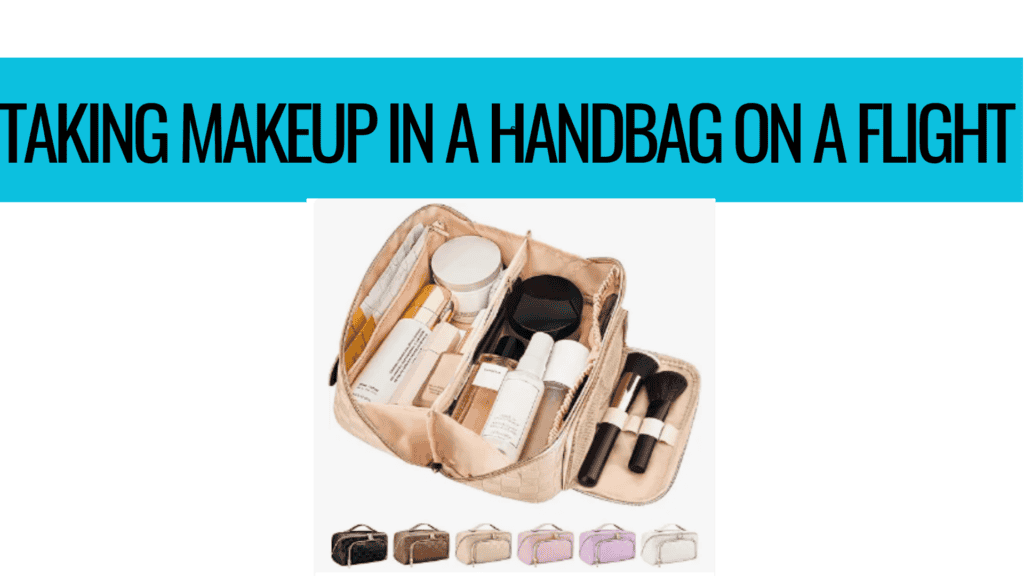
Carrying makeup on a plane in a purse is generally allowed and straightforward. Most cosmetic items fall within the TSA’s liquid restrictions when packed properly.
Travelers can bring solid makeup products like powders, eyeshadows, and lipsticks without limitations. For liquid, gel, or cream products, the 3-1-1 rule applies.
This means containers must be 3.4 ounces (100 ml) or less and fit in a single quart-sized clear plastic bag. One bag per passenger is permitted in carry-on luggage.
Larger makeup items or quantities should be packed in checked baggage. It’s advisable to check specific airline policies before traveling, as some may have additional restrictions.
Proper packing and organization of makeup items can help streamline the security screening process. Using travel-sized containers or purchasing travel kits can be beneficial for frequent flyers.
By following these guidelines, you can confidently bring their essential makeup products on board while complying with aviation security regulations.
